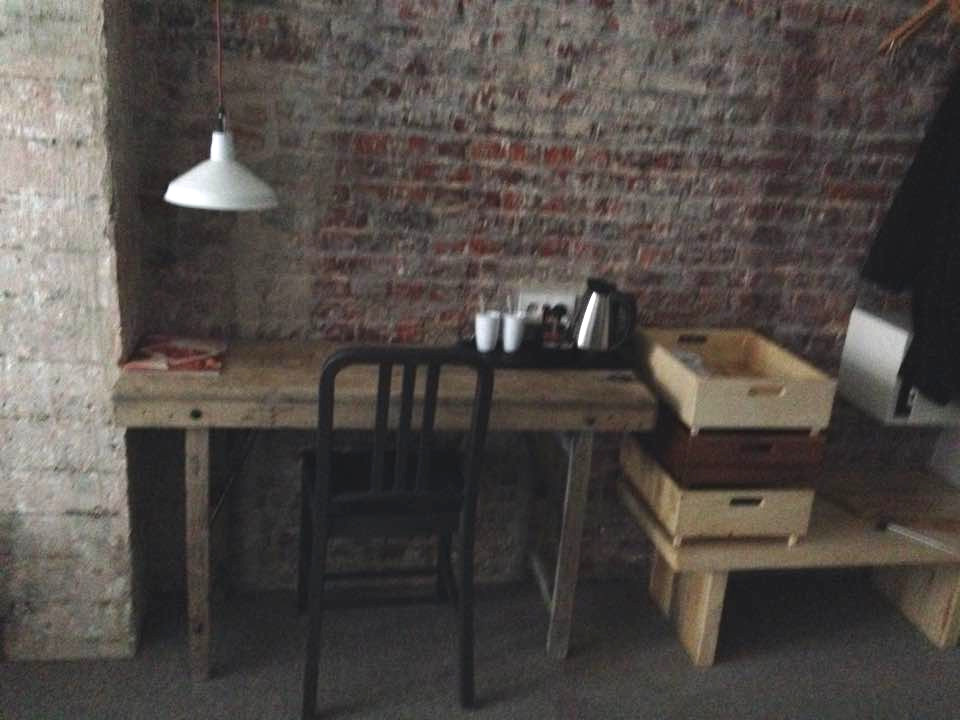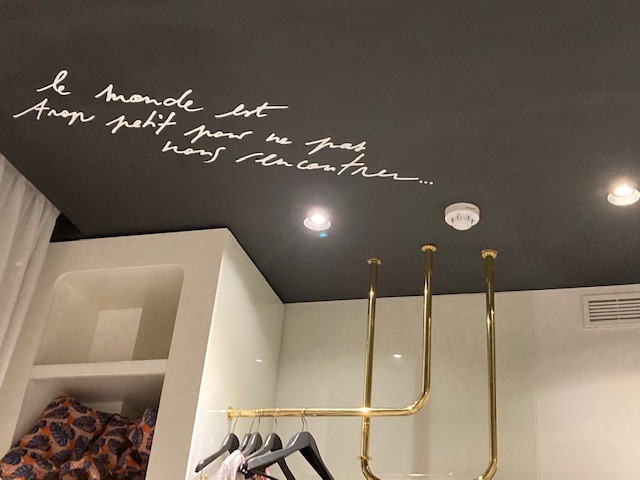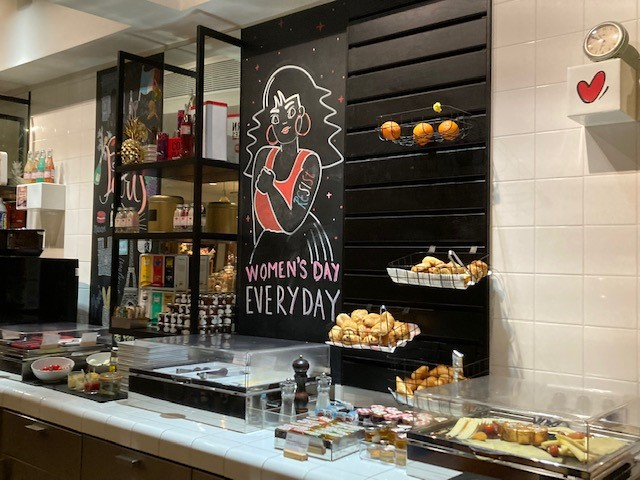In the early 2000s, just as the awareness of the health dangers of sugar, fat, refined flour and artificial food colouring became widespread, what was suddenly the most fashionable food to serve? the cupcake!
The history of popular taste is full of such contradictions. Perhaps a Jungian would regard this as a shadow surfacing from the unconscious like a dark bristle through peachy skin. Or it could be seen as a rebellion by entitled youth against parental values, although in this case this luminescent sugary protest was from a generation that also embraced veganism, yoga, mashed avocado on toast and eco-friendly cleaning products.
Of course, such trends are quickly picked up by capitalists. In the 1860s, reactions to the industrial development of mass-market commodities gave birth to the arts and crafts movement, but it didn’t take long for copycats to move in, inspiring a new wave of mass-production but this time of affordable objects that copied the look of their expensive hand-crafted models in what is retrospectively described as the Art Nouveau style.

.
Similar contradictions between the aesthetics of mass production and those of originality are being played out now. One of the places this is particularly visible is in hotel chains, struggling to compete in their bedrooms with Airbnbs and their dining areas with hipster restaurants. Rebranding themselves as ’boutique’ they seem to be aiming simultaneously both for predictable levels of luxury and comfort and for uniquely-crafted individuality, in the process failing spectacularly to hit either target.
Just as the mass-produced functionality of mid-20th century architecture and design regains popularity as a ‘retro’ style, which is faked all over again by cheap furniture stores, its original artefacts are simultaneously reappropriated, in their more tasteful forms as ‘vintage’ and in their less tasteful ones as ‘kitsch’, with varying degrees of artful knowingness.
A couple of weeks ago I stayed in a (very expensive) hotel in Paris, illustrated below, that exhibited this contradiction in a particularly crass way.


A couple of years ago, I had a not dissimilar experience in Toronto where I have, for several decades, stayed in the same hotel, a Holiday Inn on Bloor Street, originally chosen (by my academic hosts) because it was one of the few in the city that were unionised. Over the years I got to know the friendly staff well, and enjoyed its predictable late-20th century comforts: blandly decorated rooms; wide-lipped baths with efficient plumbing and the Ivory soap whose smell somehow conjured up childhood memories, despite the fact that my childhood was spent in a country where Pears and Imperial Leather were the two standard soap brands to be found in middle-class homes. I can only imagine that its North American equivalent, Ivory, must have arrived in some of the parcels that came from my aunt Jacky across the Atlantic in the days of post-war scarcity. When I returned in 2021, it was to discover that it had repackaged itself as a ’boutique hotel’. The staff were still the same, as was the rather awful restaurant which still doubled up as a sports bar open to non-residents, but everything had been restyled, with new fake 20th century armchairs replacing genuine ones. And of course the prices had gone up. In a different kind of (perhaps uniquely Canadian?) compromise, there did not seem to be anything that was genuinely old but, on the plus side, from the point of view of the staff, the pastiche furniture seemed to comply with modern health and safety standards and looked easy to clean.
Hotels are only one example, of course. As functionalism becomes a ‘style’ like any other, defunct machinery an amusing prop and just about anything more than ten years old a vehicle for ‘upcycling’, the struggle to stay ahead of the taste game becomes ever more stressful. Now that ‘distressed’ furniture and pre-frayed jeans are routinely mass-produced and available on Amazon, and every high street offers somewhere that serves cold drinks in jam jars and warm ones in mismatched tea cups, how can originality be expressed? I gave up back in 2009 when an estate agent described my house as ‘shabby chic’. The random collection of furniture, some inherited, some acquired from junk shops, some donated by friends and some bought as cheaply as possible from MFI or Ikea was, it seemed, a recognisable ‘style’. I had of course arranged it in a visually conscious way, as a painter might assemble objects for a still life painting, but this was something different. The act of labelling it robbed it of any innocence it might have had as a look and somehow dated it. Not to mention making it feel snobbish. Since then I have, perhaps naively, accepted visual standards that would formerly have made me shudder.. My new front door, for example, chosen by my builder in a fatal miscomprehension of what I thought had been a clearly stated brief, is pretty hideous (though similar, I am sure, to many thousands in recently renovated properties around the country) but I now contemplate it, smugly, with the thought that anybody who judges me by the aesthetics of my choice in front doors is too shallow to be worth much as a friend. No doubt my parents, with their 1930s bohemian tastes, would be spinning in their graves. But then they did not have to live through the latest, 21st century, wave of recommodification.

